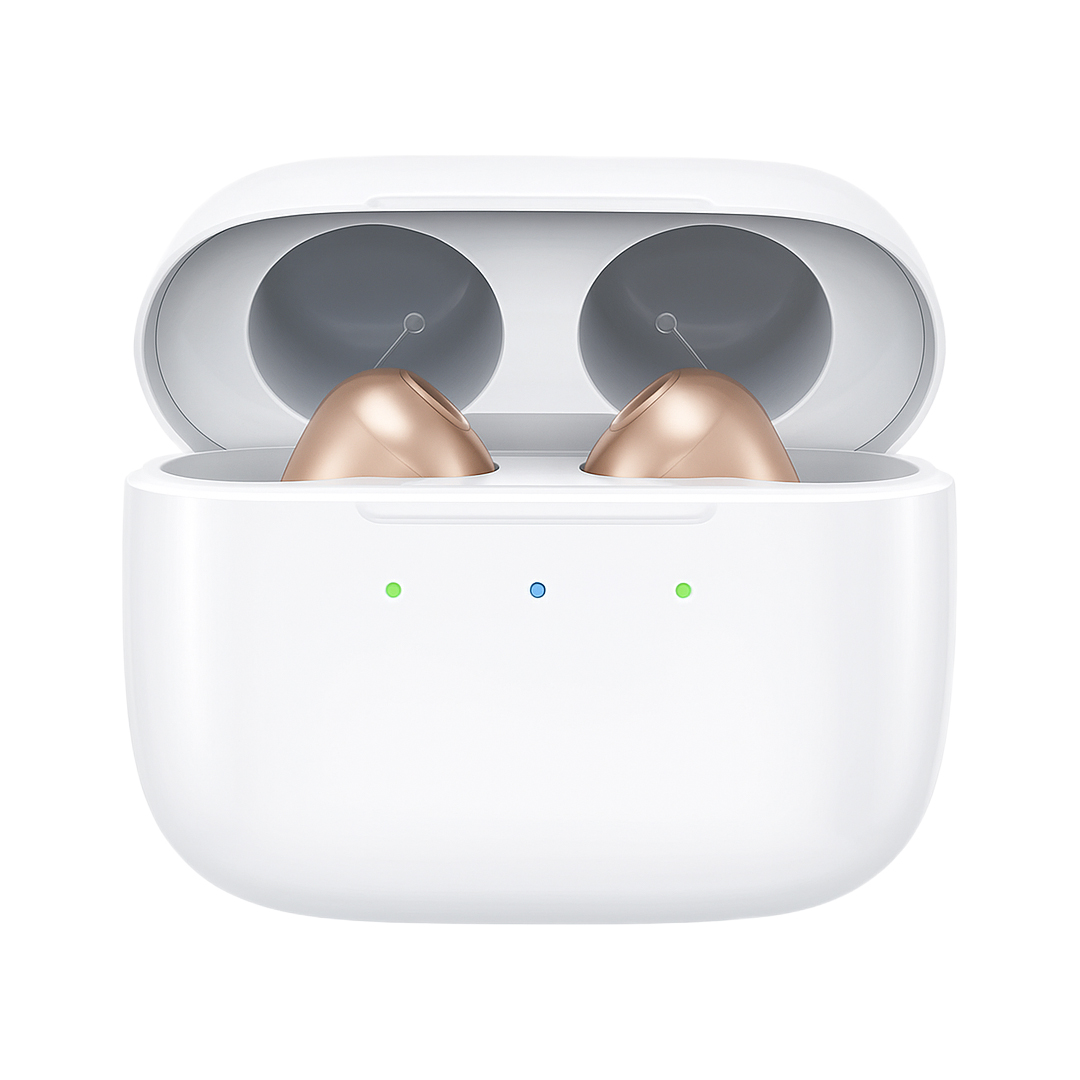How Loud is Too Loud? Understanding Decibel Levels in Daily Life
Remember when your biggest worry about loud music was whether the neighbors would complain? These days, protecting your hearing has become more important than ever, especially as we navigate a world that seems to get noisier by the year. Whether you're enjoying your morning coffee while the leaf blower roars next door or cheering at your grandchild's baseball game, understanding decibel levels can help you make smart choices about your hearing health.
What Are Decibels, Anyway?
Think of decibels as the measuring stick for sound intensity. Named after Alexander Graham Bell (yes, the telephone inventor), decibels measure how much sound pressure reaches your ears. But here's the tricky part: the decibel scale isn't like measuring cups in your kitchen. It's logarithmic, which means each 10-decibel increase represents a tenfold increase in sound intensity.
To put this in perspective, a sound at 40 decibels isn't twice as loud as one at 20 decibels—it's actually 100 times more intense. This mathematical quirk explains why a jackhammer at 100 decibels feels so much more overwhelming than normal conversation at 60 decibels.
The Sounds of Your Daily Life
Let's take a tour through your typical day and see where those decibels are hiding:
The Quiet Morning Hours (30-50 decibels)
Your peaceful morning routine likely hovers around 30-40 decibels—the gentle hum of your refrigerator, the soft whisper of pages turning in your newspaper, or the distant chirping of birds outside your window. These sounds are not only safe but often comforting, creating the soundtrack of a calm start to your day.
Normal Conversation Territory (50-70 decibels)
When you're chatting with friends at the coffee shop or discussing weekend plans with your spouse, you're operating in the 60-65 decibel range. This is where most of our social interaction happens, and it's perfectly safe for extended periods. Even a busy restaurant during lunch typically falls into this category.
The Caution Zone (70-85 decibels)
This is where things start getting interesting—and where you should start paying attention. Your vacuum cleaner, that enthusiastic lawn mower, and city traffic all live in this range. While these sounds won't cause immediate damage, prolonged exposure (we're talking hours) can start to affect your hearing over time.
The Danger Zone (85+ decibels)
Here's where your ears start sending up red flags. Power tools, motorcycles, and that leaf blower we mentioned earlier all register above 85 decibels. The rule of thumb? If you have to raise your voice to be heard by someone standing arm's length away, you're probably in risky territory.
When Good Times Get Too Loud
Some of life's most enjoyable moments can also be the loudest. Concert venues often reach 100-110 decibels, while sporting events can spike even higher when the home team scores. That wedding reception with the enthusiastic DJ? Likely pushing 95 decibels or more.
The good news is that occasional exposure to these higher levels won't necessarily damage your hearing—it's the duration that matters. Think of it like sunbathing: a few minutes won't hurt, but hours without protection will leave you burned.
The 85-Decibel Rule
Hearing specialists use 85 decibels as the safety threshold for occupational exposure. At this level, you can safely listen for about 8 hours without risking permanent hearing damage. But as the volume climbs, your safe exposure time drops dramatically:
- 88 decibels: 4 hours
- 91 decibels: 2 hours
- 94 decibels: 1 hour
- 97 decibels: 30 minutes
- 100 decibels: 15 minutes
This explains why that motorcycle ride or power tool project might leave your ears ringing afterward—you've exceeded your safe exposure time.
Technology: Friend or Foe?
Modern life comes with its own set of hearing challenges. Your smartphone can pump out 100 decibels directly into your ears through headphones. Many newer devices include hearing protection features that warn you when you're approaching dangerous levels, but it's worth checking your settings to make sure these safeguards are active.
Television volumes have also crept up over the years, partly due to the way modern shows are mixed and partly because many of us compensate for age-related hearing changes by turning up the volume. If family members regularly comment that your TV is too loud, it might be time for a hearing evaluation rather than just reaching for the remote.
Simple Protection Strategies
The beauty of protecting your hearing lies in how simple it can be. When you know you'll be exposed to loud sounds—whether it's a home improvement project, a concert, or even a particularly boisterous grandchild's birthday party—basic foam earplugs can reduce noise levels by 25-30 decibels. That brings a potentially damaging 95-decibel environment down to a much more manageable 65-70 decibels.
For regular activities like yard work or woodworking, consider investing in noise-canceling headphones or professional-grade ear protection. Your future self will thank you for taking these small steps now.
The Bottom Line
Understanding decibel levels isn't about avoiding all loud sounds—it's about making informed choices. Life is meant to be enjoyed, including those moments when the volume gets turned up. The key is knowing when to protect yourself and when you can simply enjoy the experience.
Your hearing is one of your most precious connections to the world around you. By understanding the decibel levels in your daily life, you're taking an important step toward preserving this vital sense for years to come. After all, you want to keep hearing your grandchildren's laughter, your favorite music, and all the other sounds that make life rich and meaningful.
Remember: when in doubt, err on the side of caution. Your ears will thank you for it.


